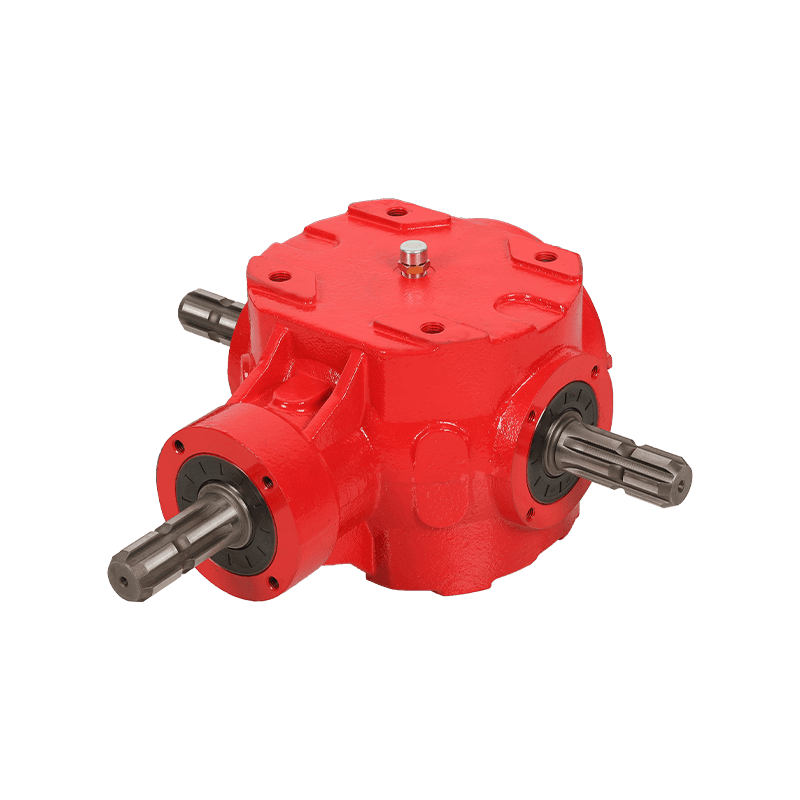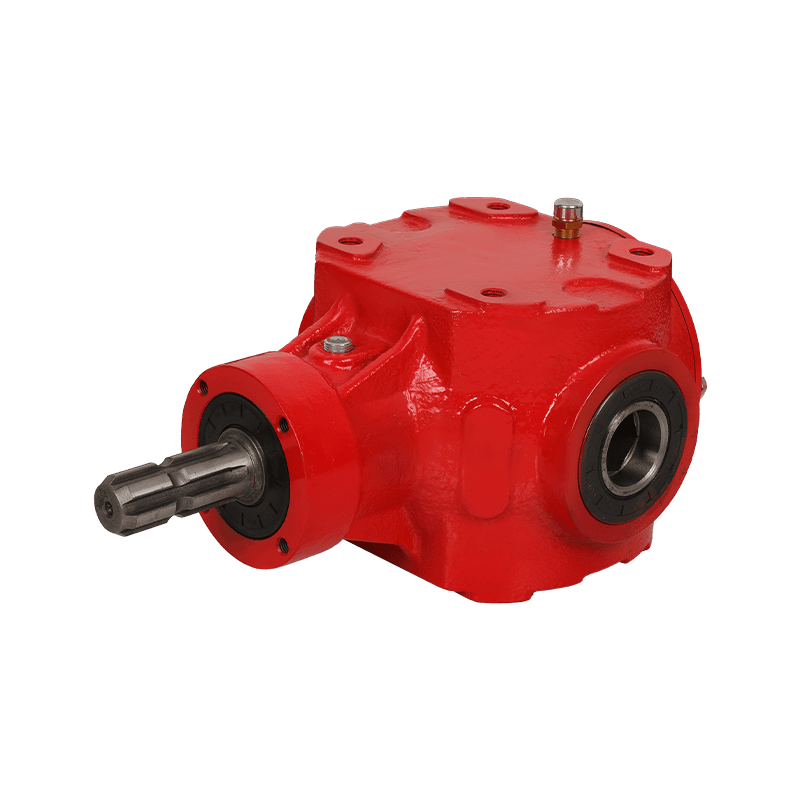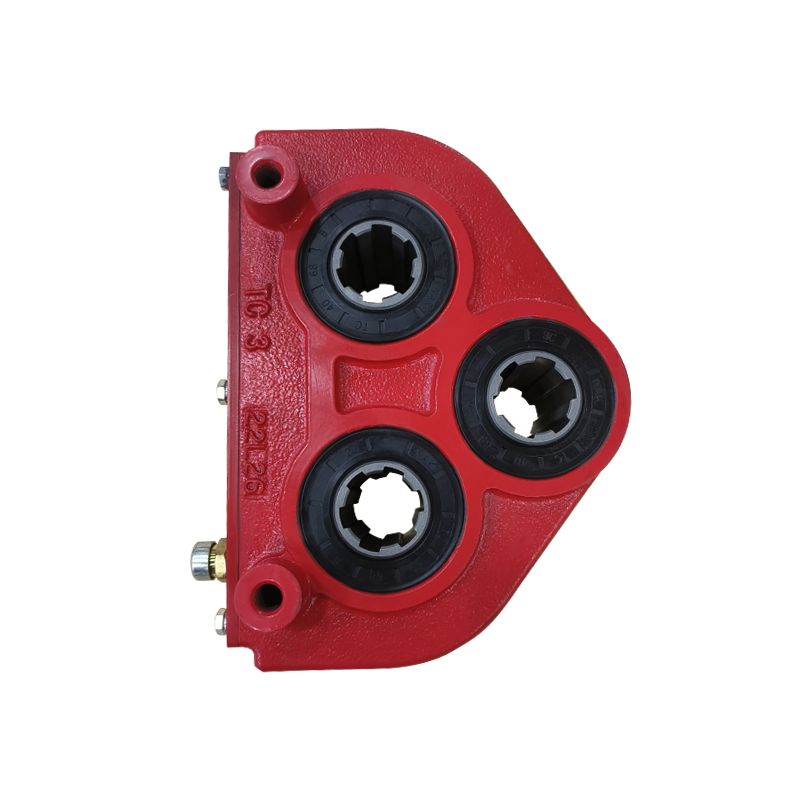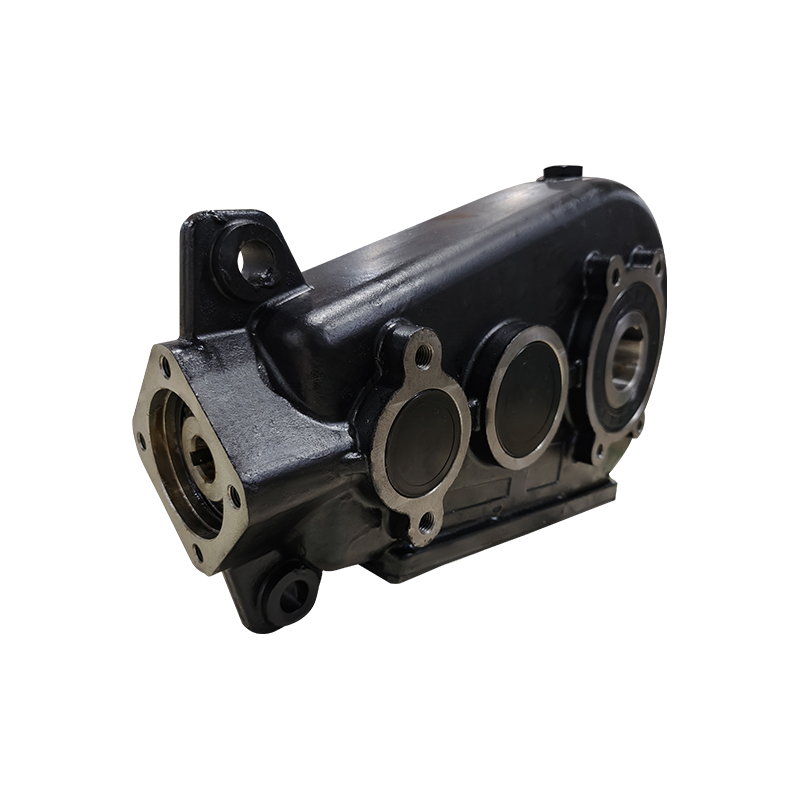What is a Universal Gearbox?
A universal gearbox is a versatile power transmission component designed to adapt to various industrial applications. Unlike specialized gearboxes built for specific purposes, universal gear reducers offer flexible mounting options, multiple speed ratios, and compatibility with different motor types. These robust mechanical systems are essential for torque multiplication and speed reduction in countless machines.
Modern universal gearboxes feature modular designs that allow for customization according to load requirements, space constraints, and operational conditions. Their adaptability makes them ideal for conveyor systems, packaging machinery, food processing equipment, and material handling applications where reliability and efficiency are paramount.
Key Advantages of Universal Gear Drives
Universal gear motors provide several distinct benefits that explain their widespread industrial adoption:
- Interchangeability: Standardized dimensions enable easy replacement and upgrades
- Multi-position mounting: Can be installed horizontally, vertically, or at angles
- Reduced inventory needs: One gearbox model serves multiple applications
- Energy efficiency: Precision gearing minimizes power losses
- Low maintenance design: Sealed units with long-life lubrication
For plant managers and equipment designers, these advantages translate to lower capital costs, simplified maintenance schedules, and reduced downtime during repairs or upgrades.
Universal Gearbox Types and Configurations
Understanding the different universal gearbox classifications helps in selecting the optimal model for your application:
| Gearbox Type | Speed Ratio Range | Efficiency | Best Applications | Noise Level |
| Helical Gearbox | 3:1 to 100:1 | 94-98% | High torque, continuous operation | Low |
| Worm Gearbox | 5:1 to 100:1 | 50-90% | Right-angle drives, intermittent use | Moderate |
| Bevel Gearbox | 1:1 to 6:1 | 95-98% | Direction changes, low ratios | Moderate |
| Planetary Gearbox | 3:1 to 1000:1 | 85-97% | High precision, compact spaces | Low |
When selecting between these universal gear drive options, consider not just the technical specifications but also factors like operating environment (temperature, dust exposure), duty cycle (continuous vs intermittent), and required service life.
Industrial Applications of Universal Gear Reducers
Universal gearboxes serve as workhorses across multiple industries due to their reliable power transmission capabilities:
Food Processing and Packaging
Stainless steel universal gear motors meet sanitary requirements while driving mixers, conveyors, and filling machines. Their washdown-rated designs withstand frequent cleaning in food production environments.
Material Handling Systems
From warehouse conveyor belts to airport baggage systems, universal gear reducers provide the necessary torque for moving heavy loads consistently. Their overload protection features prevent damage during jam conditions.
Agricultural Machinery
Farm equipment like grain augers, irrigation systems, and feed mixers benefit from universal gearboxes' dust-proof designs and high starting torque characteristics.
Textile Manufacturing
Precision universal gear drives maintain consistent speeds in spinning and weaving machines where even minor variations affect product quality.
How to Select the Right Universal Gearbox
Choosing the optimal universal industrial gearbox requires careful analysis of several parameters:
- Input Power Requirements: Match motor horsepower/kW rating to gearbox specifications
- Speed Reduction Needs: Calculate required ratio based on input/output RPM
- Torque Capacity: Account for startup torque and potential overloads
- Mounting Configuration: Determine space constraints and shaft orientation
- Environmental Factors: Consider temperature extremes, moisture, dust exposure
- Service Life Expectancy: Industrial gearboxes typically last 7-15 years with proper maintenance
Consulting with universal gearbox manufacturers during the selection process can prevent costly mismatches. Many offer online sizing tools and application engineering support.
Universal Gearbox Maintenance Best Practices
Proper care extends service life and maintains operational efficiency of industrial gear reducers:
Lubrication Management
Use only recommended lubricants and follow change intervals (typically 5,000-20,000 operating hours). Monitor oil levels monthly and watch for contamination signs like discoloration or metal particles.
Vibration Monitoring
Implement regular vibration analysis to detect bearing wear or misalignment early. Portable vibration meters provide cost-effective condition monitoring.
Thermal Inspections
Infrared temperature guns help identify overheating issues caused by overloading, poor lubrication, or failing components.
Seal Integrity Checks
Inspect shaft seals annually for leaks that could allow lubricant loss or contaminant ingress. Replace worn seals promptly.
Maintaining detailed service records helps predict remaining useful life and plan replacements during scheduled downtime rather than emergency failures.

Troubleshooting Common Universal Gearbox Problems
Recognizing symptoms early prevents minor issues from becoming major repairs:
| Symptom | Possible Causes | Corrective Actions |
| Excessive noise | Worn bearings, gear tooth wear, misalignment | Check alignment, inspect gears/bearings, verify lubrication |
| Oil leaks | Damaged seals, overfilling, cracked housing | Replace seals, correct oil level, repair/replace housing |
| Overheating | Overloading, wrong lubricant, restricted cooling | Verify load, change lubricant, improve ventilation |
| Vibration | Imbalance, loose mounting, worn components | Retighten mounts, balance rotating elements, replace worn parts |
For persistent issues, consult with gearbox rebuild specialists who can perform advanced diagnostics like oil analysis or vibration spectrum analysis.
Universal Gearbox vs Specialized Gear Drives
While universal gear reducers offer flexibility, certain applications benefit from purpose-built designs:
- High-speed applications (above 3,000 RPM) often require specialized bearings and balancing
- Extreme temperature environments may need custom materials and seals
- Explosive atmospheres demand certified explosion-proof gear motors
- Precision positioning systems frequently use servo-rated gearboxes with near-zero backlash
The decision between universal and specialized gearboxes ultimately depends on your specific operational requirements, budget constraints, and expected service life.
Future Trends in Universal Gearbox Technology
Emerging innovations are making universal gear drives smarter and more efficient:
Integrated Condition Monitoring
Next-generation gearboxes incorporate vibration sensors, oil quality monitors, and temperature probes that connect to IIoT platforms for predictive maintenance.
Advanced Materials
Composite housings and high-performance alloy gears reduce weight while improving durability in harsh environments.
Energy-Efficient Designs
Optimized gear tooth profiles and low-friction bearings minimize power losses, particularly important for variable speed applications.
Modular Construction
Quick-change ratio modules and bolt-on accessories allow field modifications without complete unit replacement.
These advancements promise to extend maintenance intervals, improve reliability, and reduce total cost of ownership for industrial universal gearboxes.
Conclusion: Maximizing Value from Your Universal Gearbox
Universal gear reducers represent one of the most cost-effective solutions for industrial power transmission when selected and maintained properly. By understanding the different types available, matching specifications to application requirements, and implementing proactive maintenance, facilities can achieve 10+ years of reliable service from these mechanical workhorses.
For operations seeking to optimize their gear drive systems, consider conducting a comprehensive audit of all installed units to identify upgrade opportunities, standardize inventory, and implement condition-based maintenance programs. Many universal gearbox manufacturers offer these services along with training for maintenance personnel.
With proper attention to selection, installation, and care, universal gearboxes will continue to be indispensable components in industrial machinery across countless sectors.



 English
English 中文简体
中文简体 عربى
عربى русский
русский Español
Español











